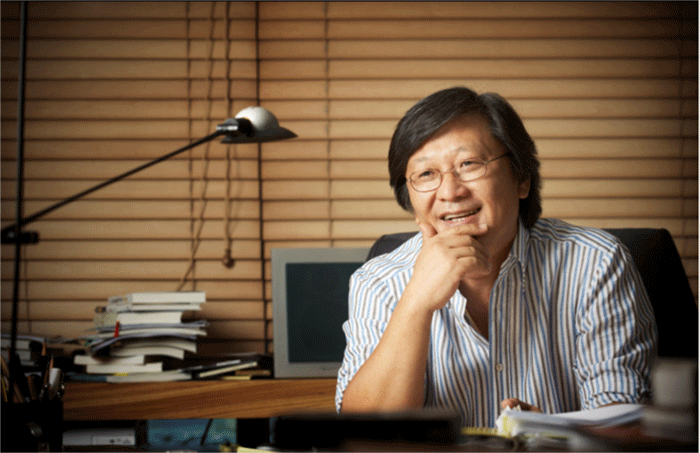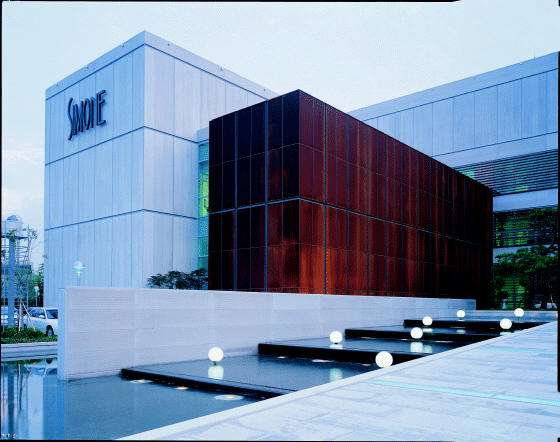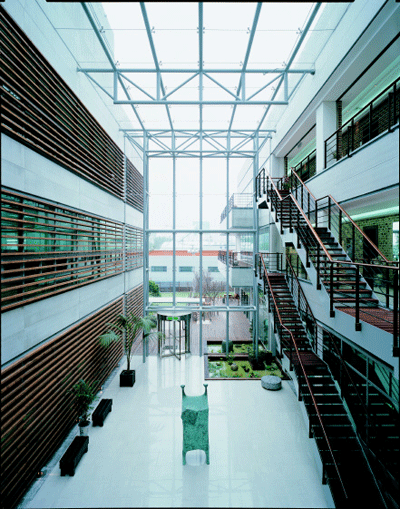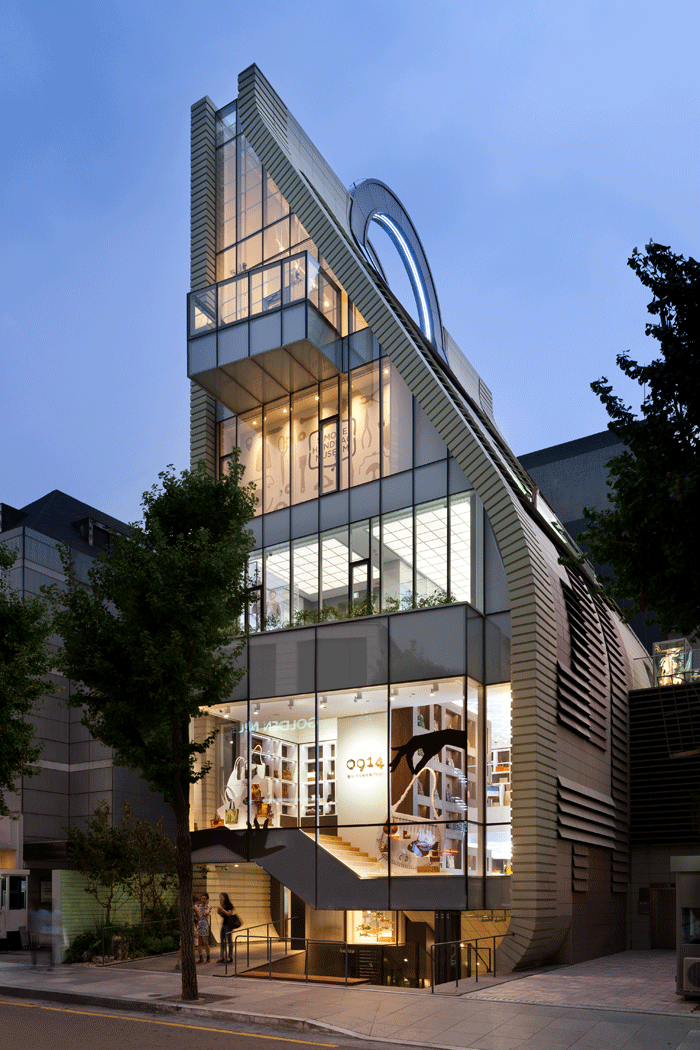CEO Park Eun-kwan of Simone Handbags
Fashion seems to have recently become one major yardstick for judging a country’s competitiveness in the areas of manufacturing, consumption, and trend-setting when a growing government policy accent being placed on development of fashion as one of the creative industries.
In recent years, Korean cultural exports, most notably K-pop, have triggered greater interest in Korean culture in general.

Against this backdrop, Korea’s fashion has been drawing national attention as one of the country’s leading creative industries to which strategic policy accent being attached by the government of President Park Geun-hye.
Creative industries refers to a range of economic activities concerned with the generation or exploitation of knowledge and information which are becoming increasingly important to economic well-being under proponent "human creativity is the ultimate economic resource. “
According to a study report as released by the Ministry of Knowledge Economy, Korea’s fashion districts in Seoul such as the hip and vibrant Hongdae, the tourist-friendly Myeong-dong in Seoul city center and the expensive, brand-name store-filled Cheongdam-dong in Gangnam areas in the south of Seoul have huge market potentials for ever increasing number of incoming foreign tourists.


More recently, more big name foreign and local media are competitively featuring some of the prominent fashion designers in the country offering an overview of Korea’s popular fashion districts in a series of investigative reports.
The self-proclaimed world’s first official handbag museum has recently been previewed in the New York Times, CNN and many a fashion magazine around the world.
In the news focus is Mr. Park Eun-kwan, CEO of Simone Handbags, a local handbag company which has now become household name for millions of Korean housewives
Park who is also known as Park Eun-kwan, among foreigners, is a gifted designer and entrepreneur who subscribes to Kaufmann’s theory that the handbag is much more than just a fashion statement it’s an extension of one’s personality.

While the company manufactures products for global fashion houses like Michael Kors, Tory Burch and Coach, Park’s ambition is to launch his own brand, named “0914,” by 2015.
But before taking that critical step, Park wanted the opportunity to step back and examine the culture and history of the handbag and put them in meaningful context.
The result was the Simone Handbag Museum on Garosu-gil in Sinsa-dong, southern Seoul, which explores how an item that was supposed to be a functional complement to the wardrobe emerged as a key driver in the business of desire that is fashion.
More than 300 bags are on display at the museum, dating from 1550 to the present day.
The museum is divided into two halves, Twentieth Century and Contemporary, and Historic (1500-1900).
The museum opened on July 19, 2012 in a building resembling a handbag.

The collection was established by Park and was assembled and curated by Judith Clark, Professor of Fashion and Museology at the London College of Fashion.
The collection was assembled at a cost of $1 million. Most of the handbags are European in origin, with some contemporary bags from the United States.
Bespoke mannequins at the museum have been designed to draw the visitors' attention to the bags on display. Two of the mannequins were designed by the milliner Stephen Jones.
The museum is housed in a 10-storey building called Bagstage.
Bagstage also incorporates a shop selling bag materials, workshops where new Korean designers can work rent-free, a section where craftsmen will produce bags and two shops.

It was after the end of World War II when aesthetics became critical in the making of handbags. They became smaller and more decorative. A magazine-shaped clutch bag from the 1970s illustrates the influence of pop culture in design.
The shapes and designs of handbags have become more imaginative recently. Anne Marie’s Champagne Bucket Purse is a fun and deceptively elegant accompaniment to an evening dress, while the dog-shaped bags from Fuzzy Nation convey unique exuberance.
Recent products from the traditional fashion houses Chanel, Hermes, Coach and Gucci are also on display at the museum, highlighted by the Hermes Birkin, acquired by Park through an auction for about 100 million won (about $94,000).
At the museum, Park’s passion for handbags is evident. Aside of the museum, which is claimed as the world’s only museum entirely dedicated to handbags, the building is also home to Gallery 0914, an art exhibition space, and two fashion shops.
The Simone Handbag Museum is located on the third and fourth floor of the building and features a variety of valuable items, such as 16th-century silk bags to the contemporary classic that is the Hermes Birkin Bag.
The third floor is highlighted by handbags manufactured in the early 20th century. Seeing how the shapes and function of the handbags changed through the course of time is a delightful experience.
In the early 1900s, the ‘art nouveau’ style was in vogue and many bags are in elaborate curves. Then after the 1920s, the shape of bags became simpler as the designers focused on function of the bags. The famous gas mask bag used in Britain during the 1930s was also a product of necessity that reflected where society was at the time, according to Ko Ji-na, a curator at the museum.

The fourth floor takes visitors a further step back in history, highlighted by Western and Asian artifacts of the 16th century that could be considered as equivalents to the modern handbag.
“These bags, while beautiful, were defined by their functions. The perfumed sachets were necessary as these were times when people didn’t hit the showers every day. Some of the bags here aren’t really bags, but tie-on pockets attached to dresses, which were much more puffier than now,” Ko said.
As dresses got slimmer, bags increasingly became independent items and were designed with more sophistication. In the 20th century, the bags became sturdier, using metal frames and leathers, Ko explained.
A DIY workshop occupies the museum’s basement, allowing visitors to indulge their dreams of becoming the next Kate Spade. For a fee, a master craftsman assists guests in designing and constructing a handbag, from cutting the leather to sewing the creation into its final shape.

